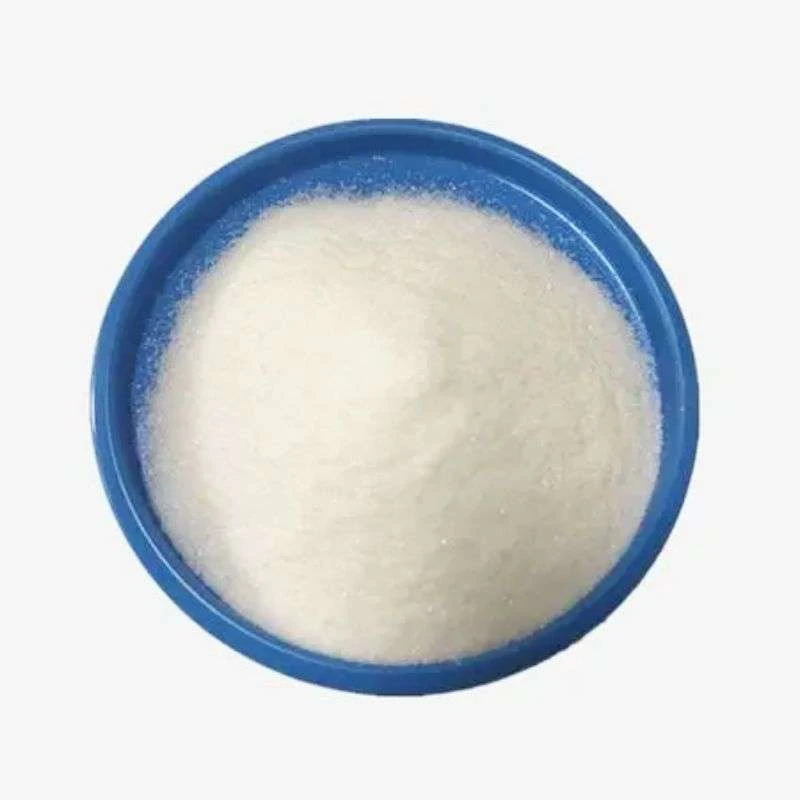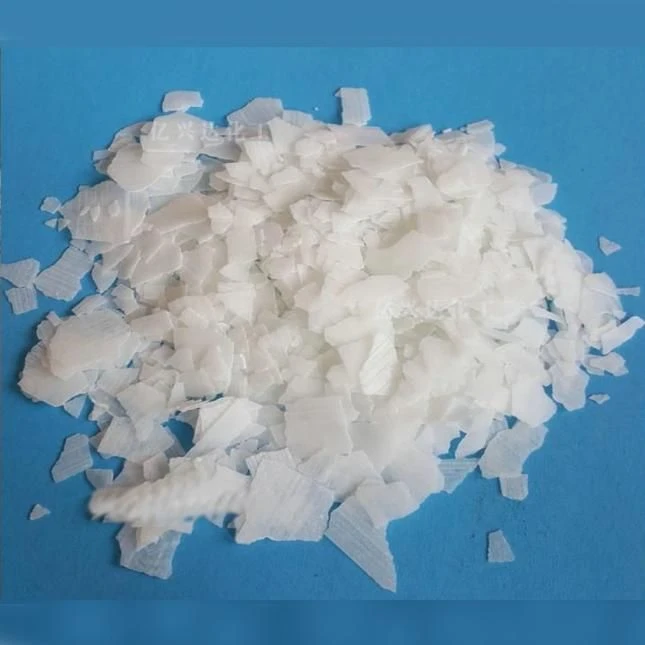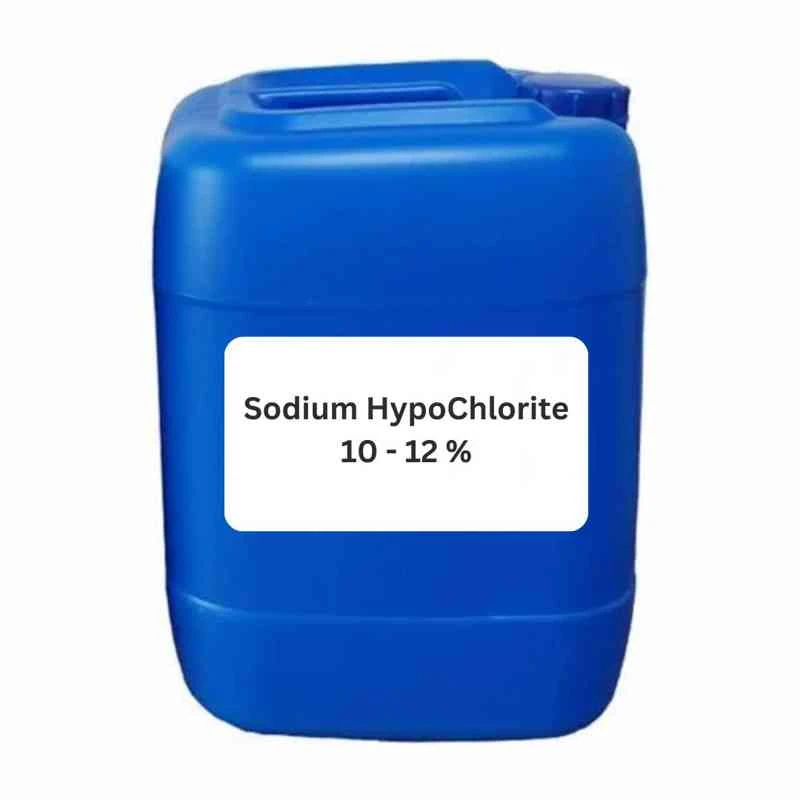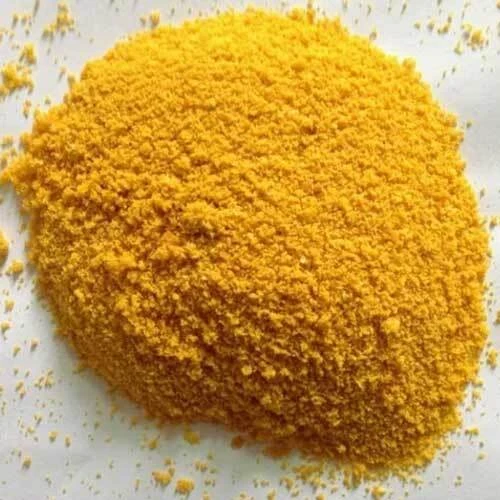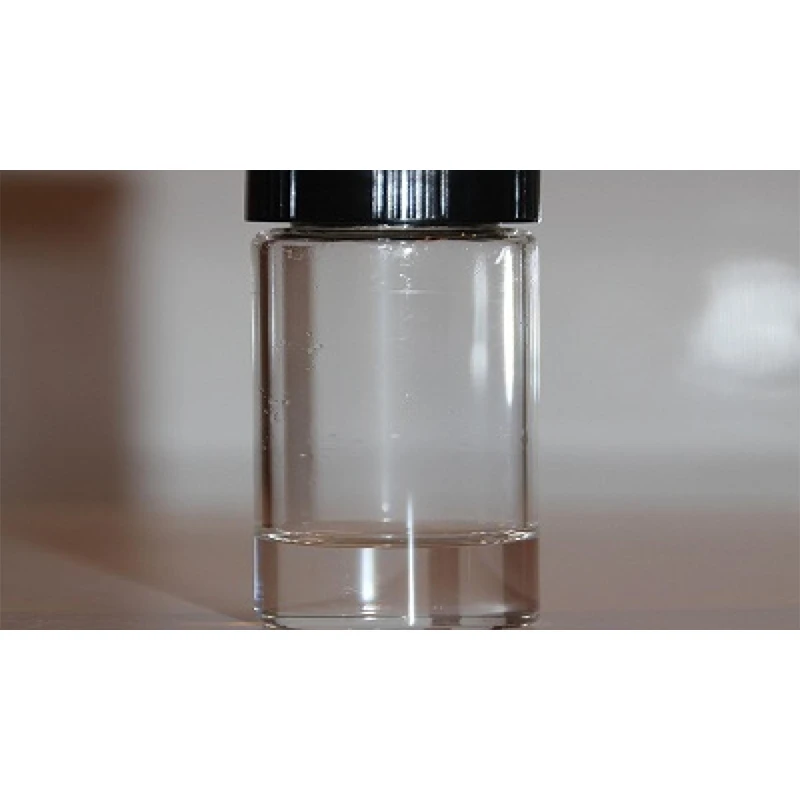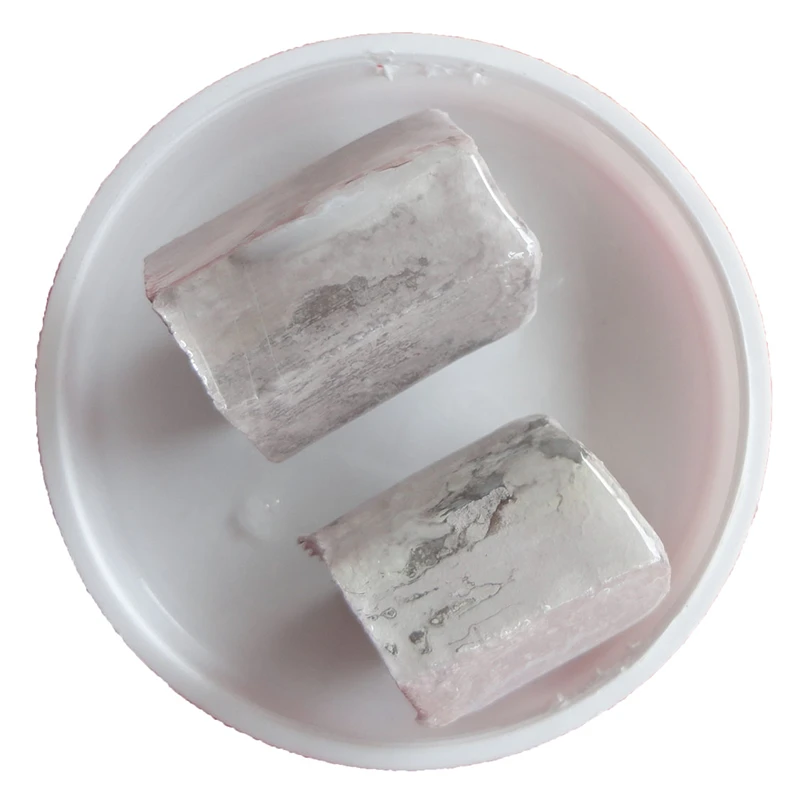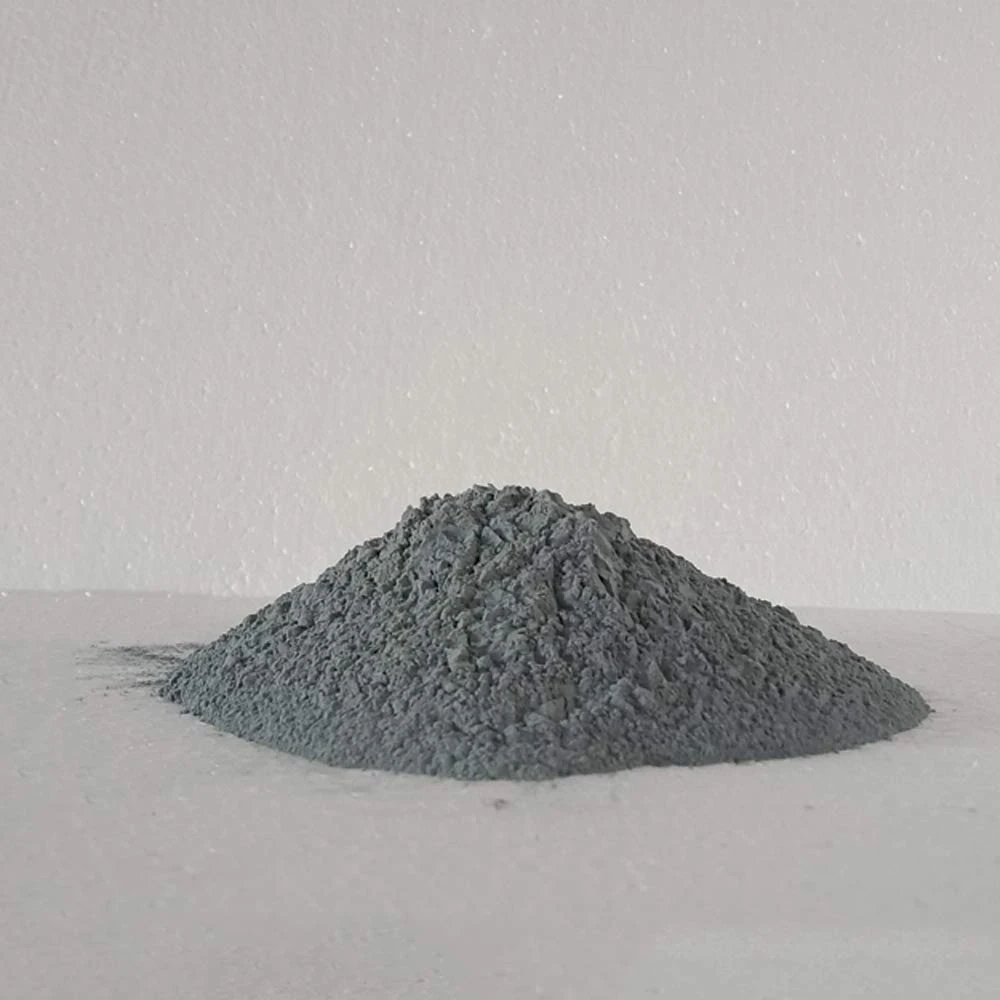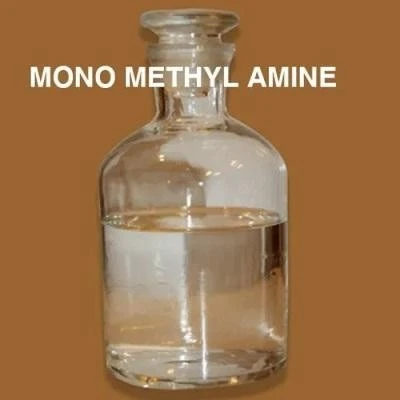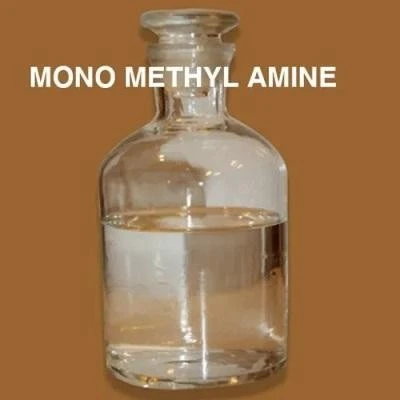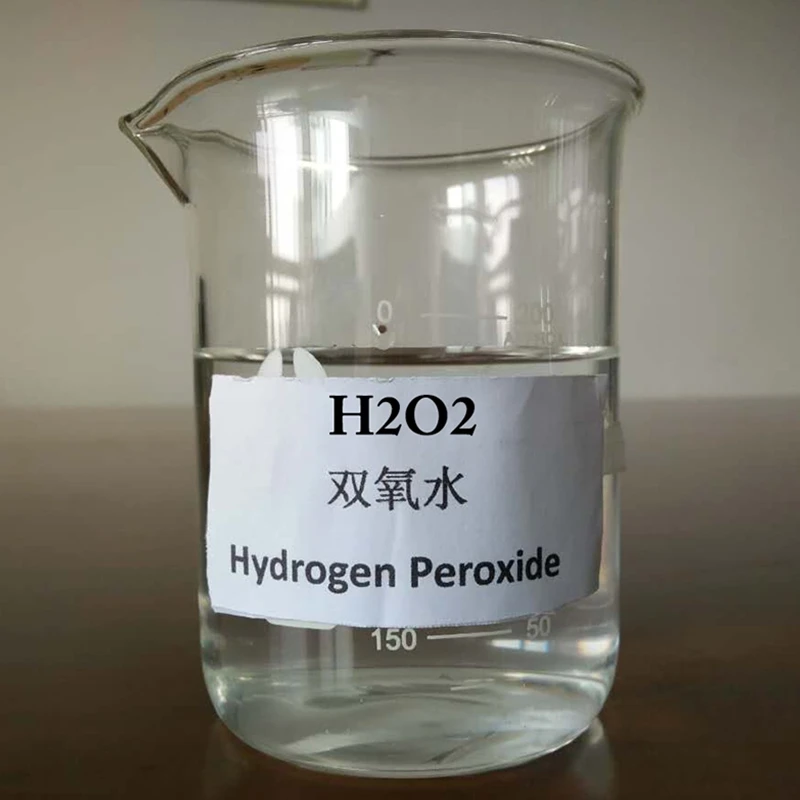
Chlorine Shock for Pools - Fast, Effective Liquid Chlorine for Swimming Pools
- Introduction to Chlorine Shock for Pools: What It Is and Why It Matters
- How Chlorine Shock Works: Chemical Principles and Efficacy
- Types of Chlorine for Pools: Liquid Chlorine and Alternatives
- Comparative Analysis: Liquid Chlorine vs. Other Shock Solutions
- Vendor Comparison: Technical Features and Cost-effectiveness
- Customizing Chlorine Shock Solutions: Recommendations for Different Pools
- Case Studies: Successful Applications of Chlorine Shock for Pools
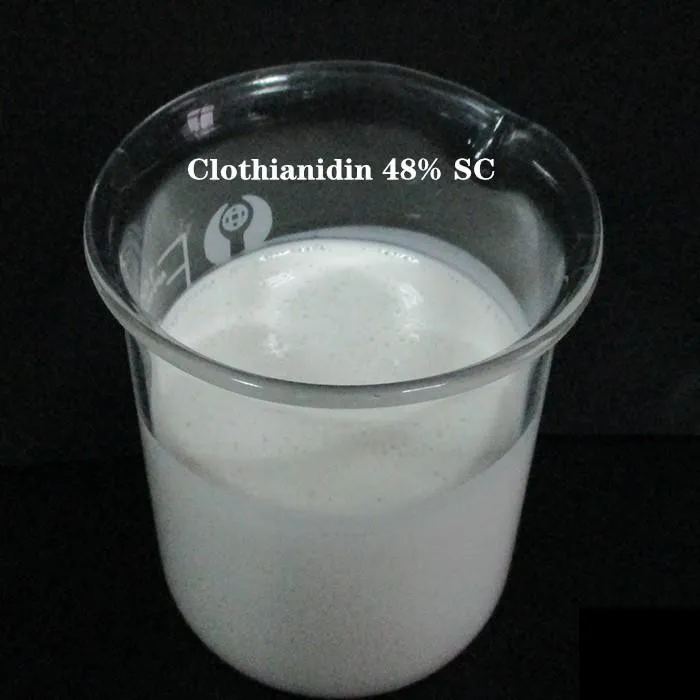
(chlorine shock for pools)
Introduction to Chlorine Shock for Pools: Essential Water Treatment
Maintaining optimal water quality in swimming pools is a priority for both private and commercial operators. The process of chlorine shock for pools
addresses the demand for rapid disinfection and effective elimination of contaminants such as bacteria, algae, and organic debris. As pool usage increases worldwide, so does the need for reliable, science-backed sanitizing methods. According to the Centers for Disease Control and Prevention, outbreaks linked to untreated recreational waters have shed light on the critical role of water chemistry management. Modern chlorine shock, available in forms including granules and liquid chlorine for pools, offers swift contamination control. When applied correctly, it not only restores clarity and safety but also extends the lifespan of pool equipment and surfaces.
How Chlorine Shock Works: Chemical Principles and Efficacy
The chemical foundation of chlorine shock is rooted in oxidation-reduction reactions. When either liquid chlorine for swimming pools (typically sodium hypochlorite at 10-12%) or granular shock (such as calcium hypochlorite) is introduced, a surge in free available chlorine rapidly neutralizes contaminants. The breakdown of chloramines — responsible for "chlorine smell" and eye irritation — is another major benefit of the shock process. Research published in industry journals reveals that properly shocked pools can reduce combined chlorine to below 0.2 ppm, the optimal threshold for swimmer comfort. The immediate elevation of free chlorine to at least 10 times the combined chlorine concentration, also known as breakpoint chlorination, ensures near-complete pathogen elimination. Effective application depends on accurate water testing, pH balance (ideal range: 7.2-7.6), and precise dosing based on pool volume and contamination level. This comprehensive approach underpins the high efficacy rates observed in professionally managed aquatic facilities.
Types of Chlorine for Pools: Liquid Chlorine and Alternatives
Chlorine shock treatments are available in multiple formulations, each with distinct properties and use cases. The most common are liquid chlorine for pools (sodium hypochlorite) and granular products (calcium hypochlorite or dichloroisocyanuric acid). Liquid chlorine is prized for its immediate dissolution and even distribution, making it a top choice for commercial and large-scale pools. Granular options offer higher available chlorine content by weight but require careful dissolution to prevent surface bleaching. Other alternatives like lithium hypochlorite and non-chlorine "oxidizer" shocks (potassium monopersulfate) offer niche applications, particularly for indoor pools where chlorine off-gassing or cyanuric acid buildup is a concern. The selection depends on pool size, existing sanitation protocols, user preferences, and environmental constraints. It's critical to understand the interaction of each type with water chemistry, filtration systems, and bather load for optimal results.
Comparative Analysis: Liquid Chlorine vs. Other Shock Solutions
Selecting the appropriate shock treatment is a decision best informed by data-driven analysis. Liquid chlorine for swimming pools stands out for immediate action and ease of automation, whereas granular formats deliver higher concentrations with portable convenience. Tablet-based shocks, while less common for rapid intervention, find use in maintenance regimens. The table below summarizes the core technical specifications, operational considerations, and typical use cases.
| Product Type | Active Ingredient | Chlorine Content (%) | Dissolution Speed | Application Frequency | Equipment Compatibility | Cost per Treatment ($/10,000 gal) |
|---|---|---|---|---|---|---|
| Liquid Chlorine | Sodium Hypochlorite | 10-12 | Immediate | Weekly or Bi-Weekly | All Pools | 3.20 |
| Granular Cal Hypo | Calcium Hypochlorite | 65-73 | Fast (requires mixing) | Weekly | Concrete/Fiberglass | 3.50 |
| Dichlor Granules | Sodium Dichloroisocyanurate | 56-62 | Moderate | As Needed | All Pools (adds CYA) | 4.15 |
| Non-Chlorine Shock | Potassium Monopersulfate | 0 | Immediate | Supplemental | All Pools | 5.00 |
As noted in the table, liquid chlorine’s compatibility and swift action make it especially well-suited for pools with high bather load or sudden contamination events. However, operator preference, regulatory compliance, and storage logistics may also influence the final choice.
Vendor Comparison: Technical Features and Cost-effectiveness
The market for pool shock products is served by several major manufacturers, each offering specifics in concentration, packaging, and delivery systems. Notable brands include HASA, PPG, Ecolab, and In The Swim, whose liquid chlorine for pools range from 10% to 12.5% sodium hypochlorite concentration, typically shipped in bulk containers for commercial clients and smaller jugs for residential users. A comparative review reveals that bulk procurement can reduce per-gallon costs by up to 18%. Some vendors also offer advanced dosing automation and real-time monitoring technologies, allowing facility managers to maintain consistent chlorine levels and minimize human error. Service support, responsiveness to regulatory changes, and environmental stewardship (such as container recycling programs) are factors now weighted more heavily by buyers. Ultimately, the highest-value solutions are those coupling performance reliability with cost management and sustainability.
| Vendor | Liquid Chlorine Concentration | Minimum Order Size (gal) | Average Price ($/gal) | Automation Support | Packaging Options | Recycling Program |
|---|---|---|---|---|---|---|
| HASA | 12.5% | 15 | 2.99 | Yes | Gallon, 2.5 Gallon | Yes |
| PPG | 10-12% | 5 | 3.25 | Yes | Gallon, Bulk | No |
| In The Swim | 10% | 1 | 3.89 | No | 1-Gallon Jug | No |
| Ecolab | 12% | 25 | 3.15 | Yes | Bulk Tote | Yes |
Facilities requiring regular treatment often benefit most from vendors with integrated automation, bulk rates, and sustainability programs. Customers are encouraged to request technical data sheets and third-party certifications to verify product claims prior to purchase.
Customizing Chlorine Shock Solutions: Recommendations for Different Pools
There is no universal formula for pool sanitation; instead, chlorine shock protocols should account for unique characteristics like pool size, material, bather volume, and local water quality. Commercial facilities—such as aquatic centers and health clubs—typically favor liquid chlorine for swimming pools due to its adaptability to auto-dosing systems and compliance with Health Department mandates. Residential pools may choose granular options for storage simplicity or opt for non-chlorine shocks to reduce cumulative byproducts. Outdoor pools exposed to intense sunlight may benefit from dichlor shocks to bolster cyanuric acid stabilization, though care must be taken to avoid over-stabilization. Indoor pools and spa environments require special attention to ventilation, chloramine management, and water balance to prevent corrosion or odor issues. For unique installations like saltwater systems, periodically supplementing with traditional chlorine shock can overcome temporary demand spikes following heavy use, stormwater influx, or purposeful superchlorination prior to major events.
Case Studies: Successful Applications of Chlorine Shock for Pools
Real-world scenarios underscore the transformative impact of strategic chlorine shock deployment. One municipal aquatic facility, serving an average of 800 users daily, witnessed a 68% reduction in waterborne illness reports after switching to an automated liquid chlorine for pools system, with weekly shock supplementation during peak season. In another example, a 25-meter high school pool experiencing recurring algal blooms implemented a granular cal hypo shock protocol, paired with enhanced filtration and staff training, achieving target clarity and a 0.1 ppm combined chlorine average within a month. In the luxury hospitality sector, a resort complex utilized a blend of liquid and non-chlorine shock treatments tailored for pools, spas, and interactive fountains, achieving near-zero swimmer complaints and improved TripAdvisor cleanliness ratings. These outcomes illustrate that optimized shock strategies do more than safeguard health—they also enhance user satisfaction, extend asset life, and support compliance. As technology evolves and new regulatory standards emerge, facilities prioritizing data-driven and adaptive sanitation regimes will set the benchmark in pool water quality and safety.
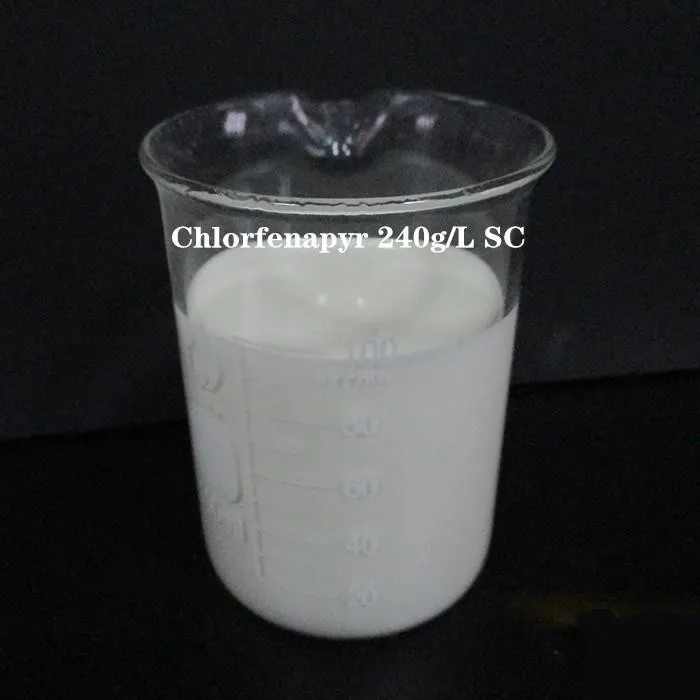
(chlorine shock for pools)
FAQS on chlorine shock for pools
Q: What is chlorine shock for pools?
A: Chlorine shock for pools is a process of adding a large dose of chlorine to eliminate contaminants. It quickly raises the chlorine level to kill bacteria and algae. Regular shocking keeps pool water clear and safe.Q: How do I use liquid chlorine for pools?
A: To use liquid chlorine, pour the recommended amount around the edges of the pool while the pump is running. Always check pool chemistry before and after dosing. Follow manufacturer instructions for best results.Q: Is liquid chlorine for swimming pools the same as granular shock?
A: Liquid chlorine and granular shock both sanitize pools, but they have different formulations. Liquid chlorine is fast-acting and easy to use, while granular can have additional ingredients. Choose based on your pool's needs and your preference.Q: How often should I do a chlorine shock for pools?
A: Pool experts recommend shocking your pool every 1-2 weeks, or after heavy use or rain. Shocking is also vital when water appears cloudy or algae is present. Monitor chlorine levels regularly for optimal timing.Q: Can liquid chlorine for swimming pools be used for regular maintenance?
A: Yes, liquid chlorine for swimming pools is suitable for daily or weekly maintenance. Use smaller, routine doses to keep chlorine levels consistent. Reserve larger shocks for problem situations or deep cleaning.-
Uncover the Benefits of Sodium ChlorateNewsJun.24,2025
-
Sodium for Sale: Your Essential ResourceNewsJun.24,2025
-
Raw Materials in Chemical IndustryNewsJun.24,2025
-
Potassium Hydroxide: Versatile Solutions for Your NeedsNewsJun.24,2025
-
Organic Pesticides and Chemical Raw Materials: Building a Sustainable FutureNewsJun.24,2025
-
Discover Premium Chlorine Tablets TodayNewsJun.24,2025
-
Zinc for Sale: Your Essential ResourceNewsJun.04,2025


